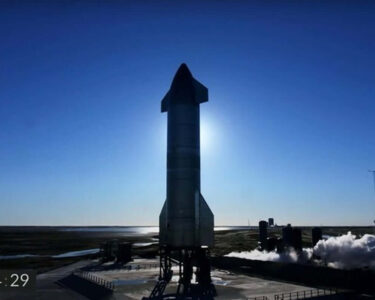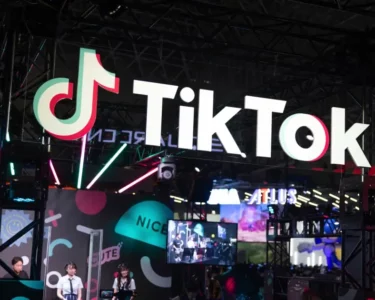In recent years, a new player has emerged on the battlefield: innovative commercial software developers who are rapidly encroaching upon the traditional defense industry’s territory. This shift in the dynamics of military technology is beginning to challenge the long-established dominance of big-ticket weapons production, often characterized by slow-paced development processes.
While it may be premature to predict the obsolescence of formidable, human-crewed weapons such as submarines and reconnaissance helicopters, history has shown that military technology evolves with the times. The battleship, once an unparalleled symbol of naval power, was rendered obsolete with the ascent of airpower. Today, we stand on the cusp of another transformative era, where aerial, land, and underwater robots, working in tandem with human operators, are poised to redefine the nature of warfare.
The evidence of this paradigm shift is already manifesting in the ongoing conflict in Ukraine. Even rudimentary human-machine teams, operating without significant artificial intelligence-powered autonomy, are reshaping the modern battlefield. Simple remotely piloted drones have emerged as game-changers, significantly enhancing the lethality of artillery, rockets, and missiles, according to military analysts closely monitoring the conflict.
Kathleen Hicks, the U.S. Deputy Secretary of Defense, emphasized in her speech on August 28th at a military technology conference in Washington that traditional military capabilities remain essential. However, she astutely recognized that the Ukraine conflict serves as a stark reminder of the potential of emerging technologies developed by non-traditional companies. These technologies could play a decisive role in defending against modern military aggression.
A recent Reuters special report delves into the imminent revolution poised to be brought about by automation powered by artificial intelligence in the realm of weapons, warfare, and military power.
Both Russian and Ukrainian armed forces are swiftly integrating traditional weaponry with AI, satellite imaging, advanced communications, and smart munitions. A May report from the Special Competitive Studies Project, a non-partisan panel of U.S. experts, highlights the current state of the battlefield, describing it as a mosaic of deep trenches and bunkers. Soldiers are often “forced to go underground or huddle in cellars to survive” in this ever-evolving conflict.
Observers have noted that, in this contemporary conflict landscape, attack and transport helicopters have become increasingly vulnerable and have almost been pushed out of the skies. Their roles are now progressively being handed over to drones, which offer enhanced survivability and operational capabilities.
Mick Ryan, a former Australian army major general known for his insightful commentaries on the conflict, points out that uncrewed aerial systems have already replaced crewed reconnaissance helicopters in many missions. Additionally, ground-based artillery observers are being substituted by drones, marking the initial stages of significant replacements within the military framework.
As we bear witness to this transformative moment in military history, it becomes increasingly evident that human-machine teams driven by AI are poised to reshape the landscape of warfare. These developments signal not only the rise of innovative commercial software developers in the arms market but also a fundamental shift in the way nations approach defense and security in the 21st century.





